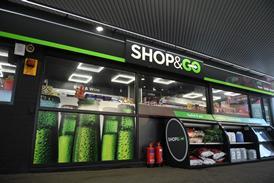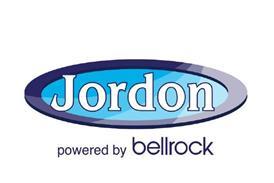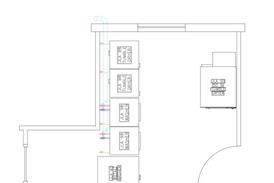FOR THOSE OF US in the southeast, it’s been a long, hot, dry summer. For those in the north it’s been more a question of what summer? For all of us, however, the price of product has been red hot! I’ve lost count of the number of times Platts has soared above its previous record and I’ve thought that we must surely have reached a peak only to see it rise another couple of pence in the next few weeks.
THERE HAVE BEEN LOTS of explanations as to why we’re at these levels, ranging from Iraq and China to the increased percentage mix of diesel in the overall demand. I believe that a fair part of the super-heating of the price stems from many of the investment banks opening up oil trading desks. This substantial increase in the number of players in a market, many of them trading artificially purely to generate returns, has to heighten the peaks in price. The flip side of this coin is that when the ‘experts’ decide prices are overcooked the fall in prices will also be far more pronounced.
WHAT I HAVEN’T been able to understand is why the various sections of the retail market have retained ‘old-style’ pricing strategies. Apart from Tesco’s, all the supermarkets are desperate for profits and yet they have been posting prices that bring them minimal (if any) contributions from their forecourt operations.
THEN THERE ARE the oilers who are still direct retailing. We know how bankrupt Shell is of any trading strategy other than price, but recently Eleffantt Oil has been almost as bad at refusing to change the price sign. This King Canute-like attempt to turn back the waves of price increases seems a totally fruitless exercise. But the sector that leaves me most baffled is our one, the independent.
WE APPEAR TO BE stuck in a time warp of thinking. When prices are on the rise we check the hypers pole signs daily, desperately hoping they will have gone up. Eventually, when no relief comes from that quarter and our margin slides south of the 1.5p, we bow to the inevitable and go up a penny. And our world doesn’t collapse, our customers don’t desert us in droves (those who only buy on price left us yonks ago!) and we’re not featured in an exposé on the front page of the News of the World about petrol price profiteering! And when, eventually, prices do start to go down (as they most definitely will,) what will most of us do? We’ll be just like Shell and hope that the hypers hold their prices so we can earn back some of the profits we’ve lost over the past few months.
IN OTHER WORDS we are dancing to the hypers tune – we are allowing others to dictate our livelihoods. Now I’m not suggesting that we can totally ignore the hypers and I’m not advocating that we attempt to take them on. That would be pointless because they are playing by different rules. Apart from their huge volumes, low overheads and store profits, the major difference is that they are buying their fuel on prices that are lagged, and in some cases lagged by anything up to three weeks. It is precisely that time lag that enables them to keep prices down on a rising market. And is the same reason that they don’t reduce prices quickly when prices fall.
WE DON’T BUY like that. The best that most of us can buy on is a previous week’s average price, with the vast majority not even having that luxury. My argument is that we should calculate the margin we need to prosper (an absolute minimum of 3p-a-litre) and price to that margin. That means we go up quicker than the hypers and we reduce prices quicker (no clinging on for those ‘excess’ profits!). The hypers will instinctively reduce to match and suddenly their game plan doesn’t produce their usual returns. They can retain their strategy and earn less or start to adjust more in line with us.
THE CHANGE IN SITE ownership over the past few years means that in many areas we, the dealers, are collectively the market leaders. It is time we recognise that change and start acting accordingly. Turnover is vanity, profit is sanity.























No comments yet